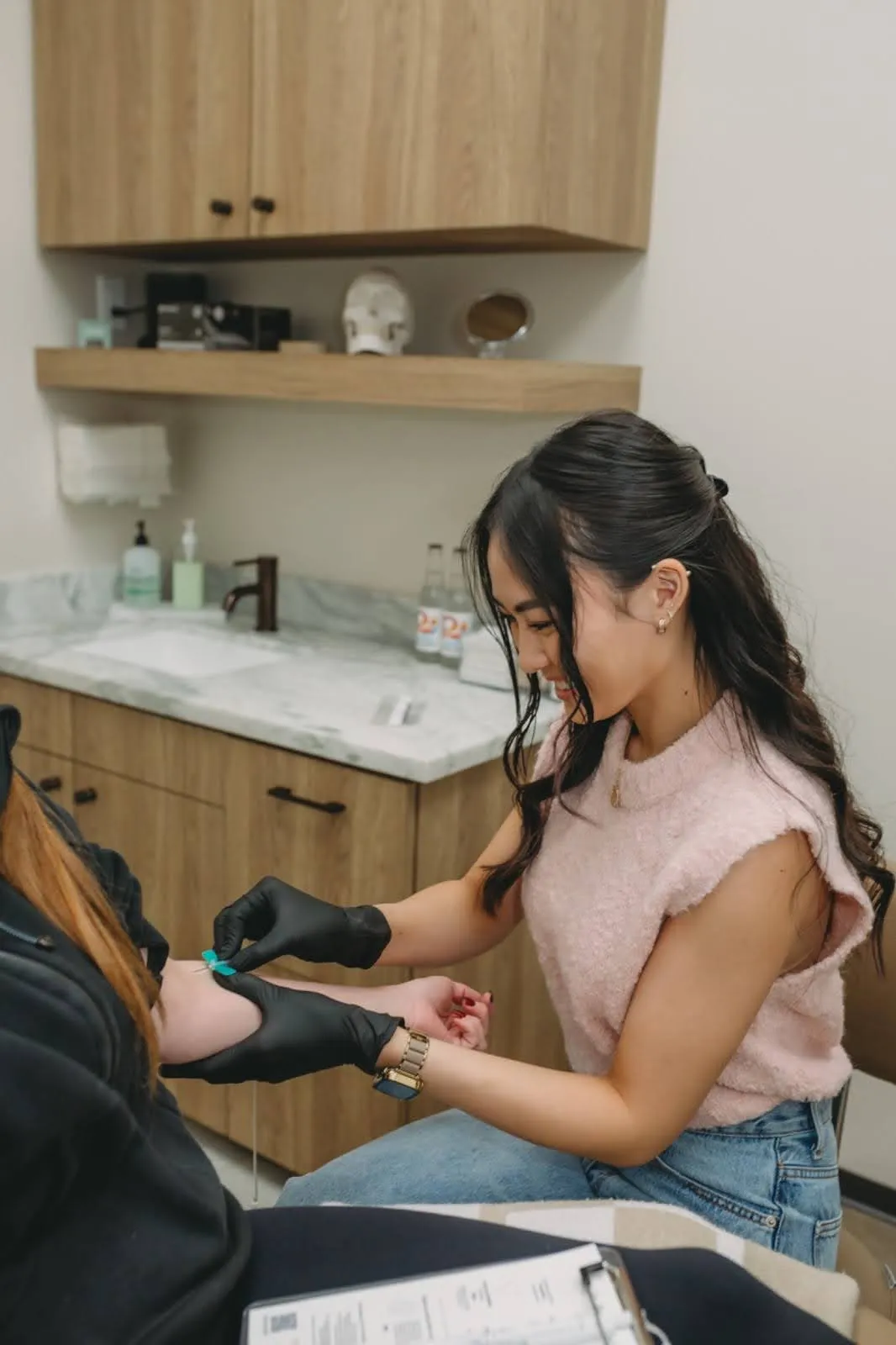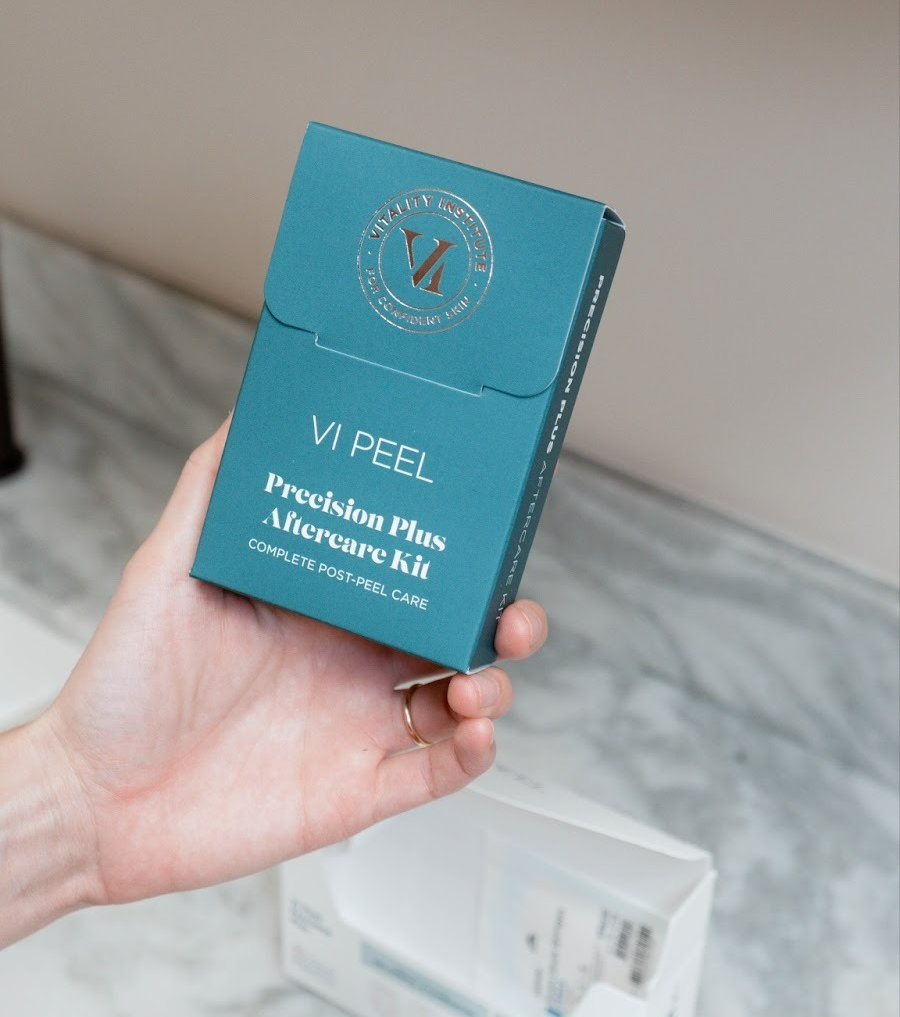
All About Acne Scars: Types, Causes, and Impact

Acne is a common skin factor that affects many people, especially during their teenage years. While most people outgrow acne, it can sometimes leave behind scars that affect self-esteem and confidence.
Understanding the different types of acne scars, their causes, and their impact is essential for anyone looking to improve their skin’s appearance. Let’s explore the world of acne scars and what you can do to manage them.
Types of Acne Scars
There are several types of acne scars, each with unique characteristics and treatment needs. The main types include atrophic scars, hypertrophic scars, and keloid scars.
Atrophic Scars
Atrophic scars are the usual type of acne scars. They appear as small indentations in the skin and are caused by tissue loss. There are three main types of atrophic scars:
- Ice Pick Scars are deep, narrow scars extending into the dermis. They have small, deep holes in the skin as if punctured by an ice pick.
- Boxcar Scars: Boxcar scars are broad, rectangular depressions with sharply defined edges. They are wider than ice-pick scars and can be shallow or deep.
- Rolling Scars: These scars are wave-like, giving the skin a rolling or undulating texture. They are caused by damage under the skin’s surface.
Hypertrophic Scars
Hypertrophic scars are raised scars that form above the skin’s surface. They are caused by an excess of collagen created during the healing process. These scars are more common on the chest and back, with thicker skin and acne lesions tending to be more severe.
Keloid Scars
Keloid scars are like hypertrophic scars but are more severe. They are thick, raised, and extend beyond the original acne lesion. Keloids are often larger than the initial wound and can be itchy or painful. They are usually people with darker skin tones, and they can occur anywhere on the body.
Causes of Acne Scars
Acne scars result from the skin’s natural healing process following acne breakouts. Several factors contribute to the development of acne scars, including:
Severity of Acne
The severity of acne plays a significant role in scarring. Severe acne, such as cystic acne, is more likely to leave scars because it causes more damage to the skin and underlying tissues.
Delayed Treatment
Delayed or inadequate skin treatment of acne can increase the risk of scarring. The longer acne is left untreated, the more likely it is to cause lasting damage to the skin.
Genetics
Genetics also play a role in scarring. You may be more prone to developing acne scars if you have a family history of acne scars.
Skin Picking and Squeezing
Picking at or squeezing acne lesions can cause further trauma to the skin, increasing the risk of scarring. This can lead to more severe inflammation and damage to the skin’s deeper layers.
Inflammation
Inflammation is a key factor in the development of acne scars. The more inflamed a pimple is, the more likely it is to leave a scar. Inflammation can damage the skin’s collagen, leading to the formation of scars.
Impact of Acne Scars
Acne scars can significantly impact an individual’s life, affecting their physical appearance and emotional well-being.
Physical Appearance
Acne scars can alter the texture and appearance of the skin, making it look uneven and damaged. This can be particularly distressing when scars are on visible areas such as the face. The presence of scars can make the skin appear aged and unhealthy.
Self-Esteem and Confidence
The impact of acne scars on self-esteem cannot be overstated. Many people feel self-conscious about their scars, which can lead to reluctance to engage in social activities. This can affect personal relationships and overall quality of life.
Emotional Well-being
Living with acne scars can also take a toll on emotional well-being. The constant reminder of past acne struggles can lead to feelings of frustration, embarrassment, and sadness. It’s essential to address these emotional impacts alongside physical treatments.
Professional and Social Life
Acne scars can affect professional and social life by influencing first impressions and interactions. People may feel less confident during job interviews, meetings, or social gatherings, impacting their career and social opportunities.
Acne Scars Treatment
Several treatment options are available to lessen the looks of scars and improve skin texture. The best acne scar method depends on the type and severity of the scars. Here are some common treatments:
Topical Treatments
Topical treatments, such as retinoids and silicone gels, can lessen the appearance of mild scars. These treatments have a cell turnover and collagen production.
Chemical Peels
Chemical peels functions by applying a solution to the skin that causes the top layer to peel off, revealing smoother, more even skin underneath. This treatment is effective for superficial scars and can improve skin texture.
Microdermabrasion and Dermabrasion
Microdermabrasion and dermabrasion are exfoliating treatments that remove the outer layers of the skin. These approach can help reduce the appearance of superficial scars and improve skin tone.
Laser Therapy
Laser therapy uses focused light to target scarred areas, stimulating collagen production and promoting skin healing. This treatment is effective for various scars and can significantly improve skin texture.
Microneedling
Microneedling works with fine needles to create tiny punctures in the skin, creating collagen production and improving skin texture. This treatment is effective for atrophic scars and can enhance the skin’s appearance.
Fillers
Dermal fillers can be used to raise depressed scars, making them less noticeable. This treatment provides immediate results but may require repeat sessions to maintain the effect.
Surgical Options
In severe cases, surgical options such as punch excision, subcision, or grafting may be necessary to remove or reduce the appearance of scars. These procedures are usually reserved for deep or extensive scars.
Our Offer For Your Skin
Based on your skincare specialist’s recommendation, the Skin Clinic offers three effective Acne Scar Treatments that can be used alone or in combination. Our treatments include:
Microneedling with Radiofrequency (RF)
RF Microneedling is a powerful treatment that significantly reduces the appearance of even the most stubborn scars. This procedure involves applying radiofrequency energy through tiny needles, stimulating collagen production at the scar sit, promoting smoother skin.
Microneedling with PRF (Platelet-Rich Fibrin)
This treatment leverages the skin’s natural healing ability to reduce fine lines and acne scars. Microneedling with PRF involves piercing the skin with tiny needles, which enhances collagen production and rejuvenates the skin, making it an excellent choice for those looking to diminish the appearance of fine lines and scars.
Microneedling with Sculptra
Using tSculptra’s regenerative properties, this procedure stimulates collagen formation and fills deep acne scars. Sculptra is known for its longevity, effectively replacing volume loss and providing lasting results for over two years. It’s an ideal option for patients seeking long-term skin texture and appearance improvements.
What We Say
Acne scars can profoundly impact one’s physical appearance and emotional well-being. Understanding the types and causes of acne scars is the first step toward finding the best treatment for scars on the face.
If you’re struggling with acne scars, don’t hesitate to seek professional help. Book an appointment with us here at The Skin Clinic to explore your treatment options and take the first move towards smoother, healthier skin.
Recent Posts

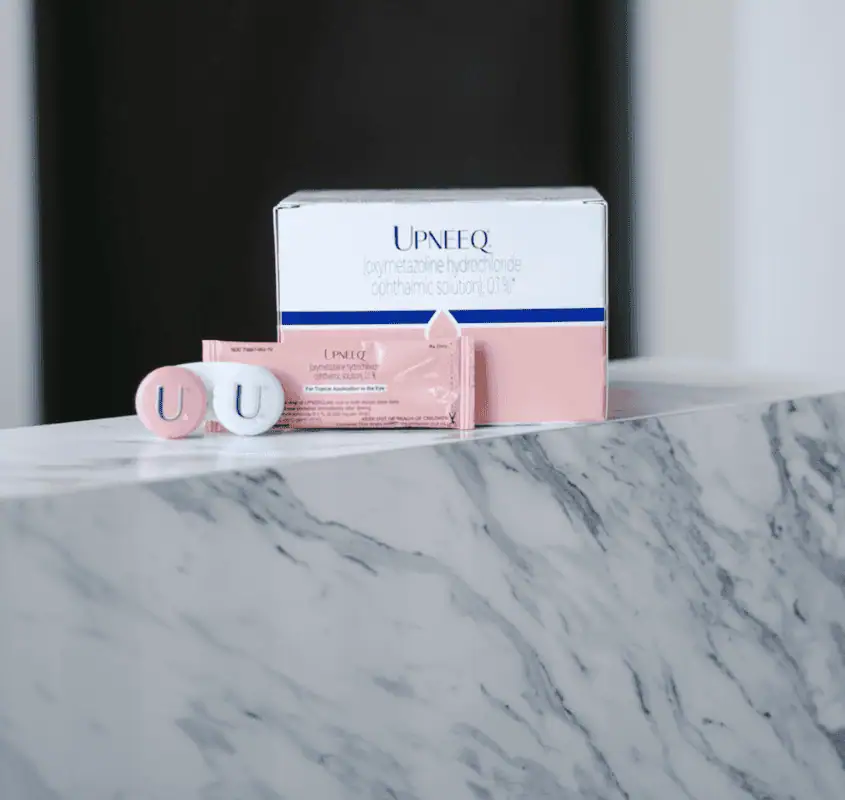
Upneeq for Bright, Alert Eyes: Who It’s For and How It Works
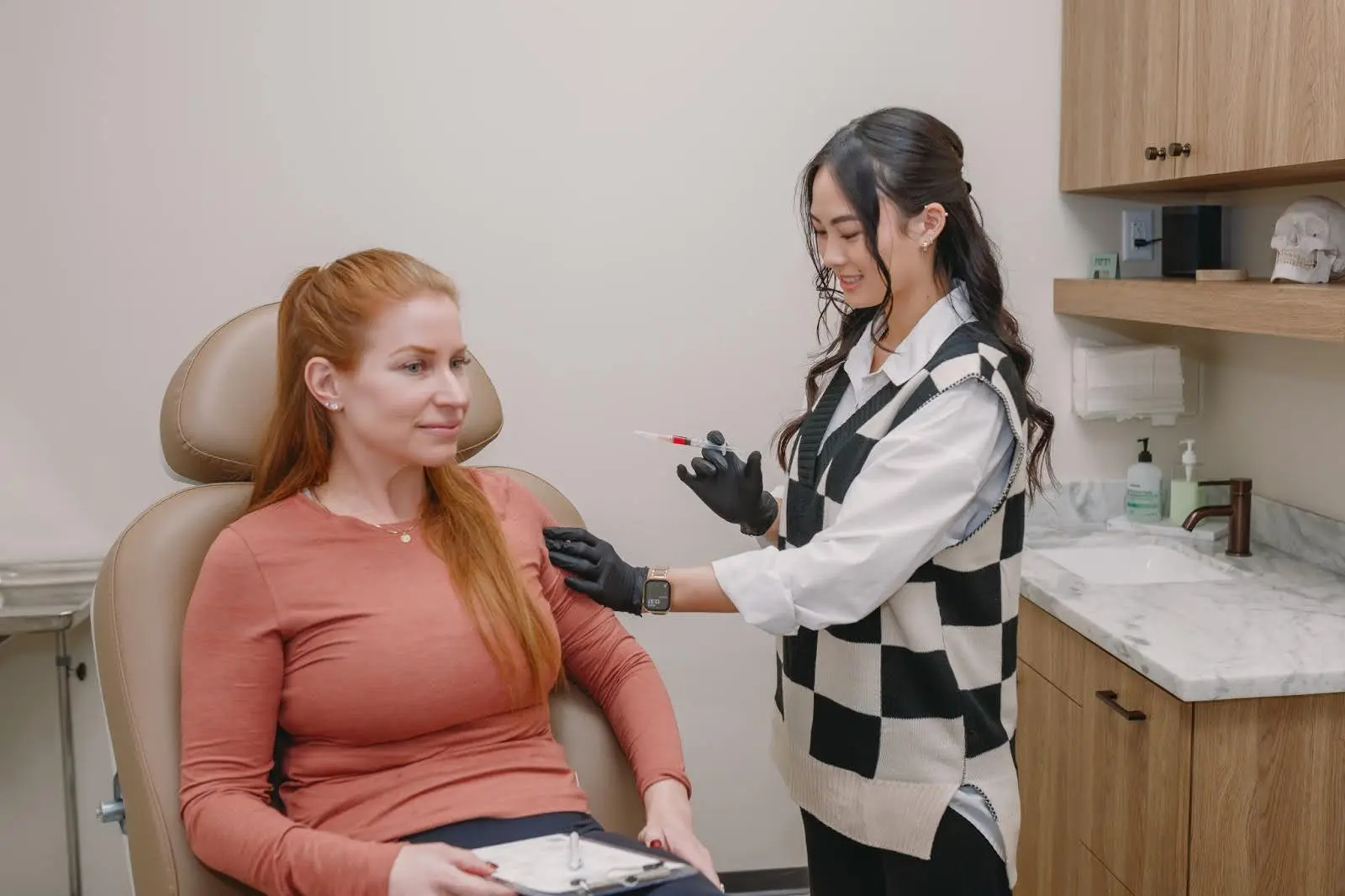
How B12 Shots Boost Energy and Skin Health: The Wellness Connection
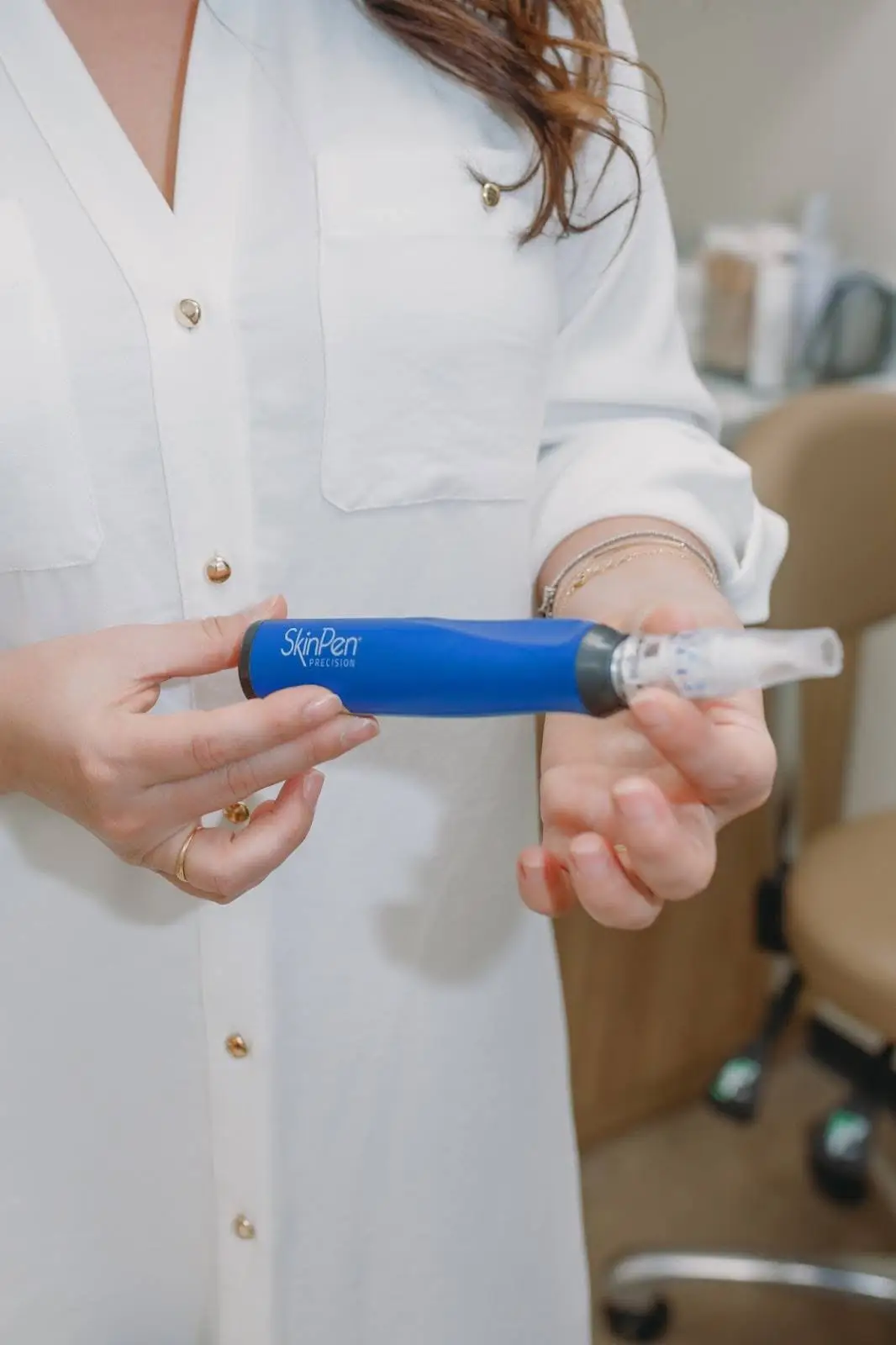
One Size Doesn’t Fit All: Treatments Tailored to Your Needs

